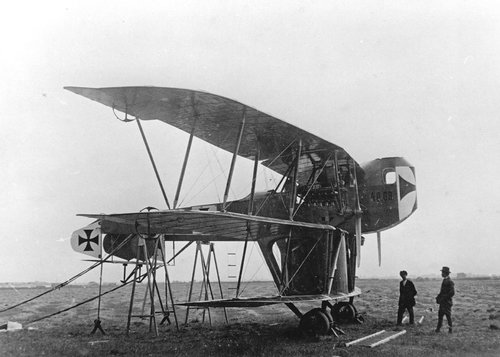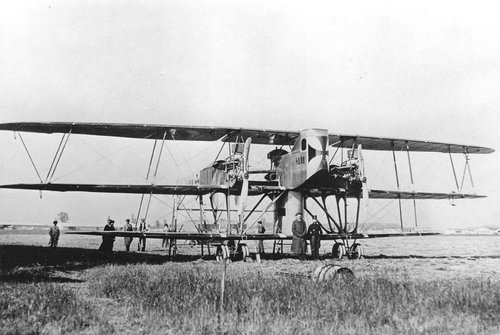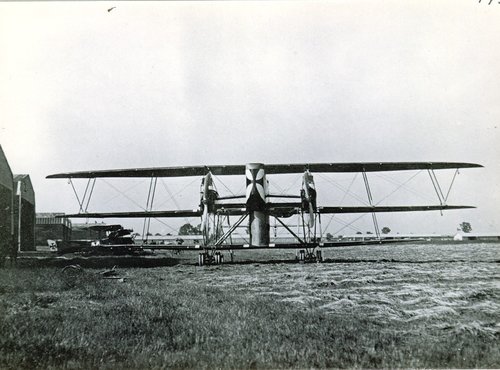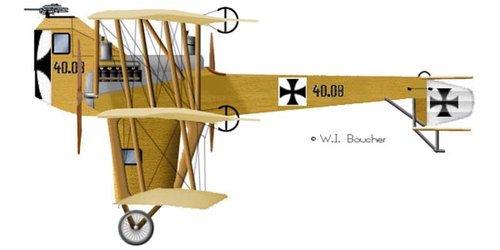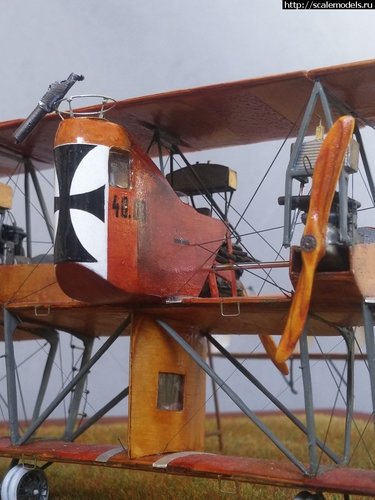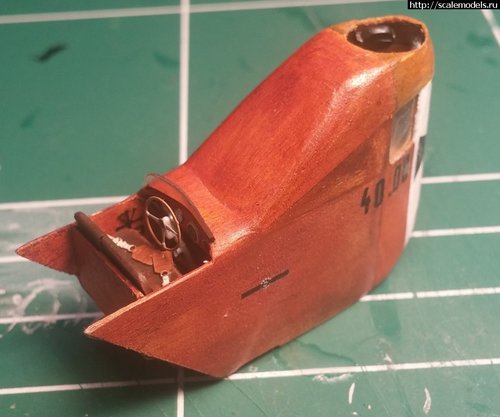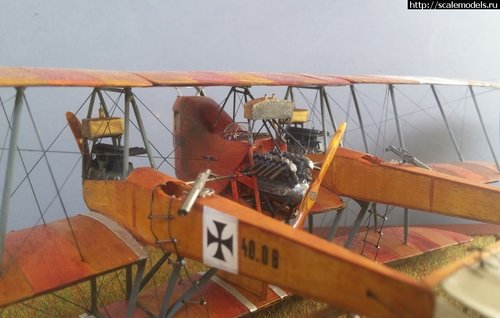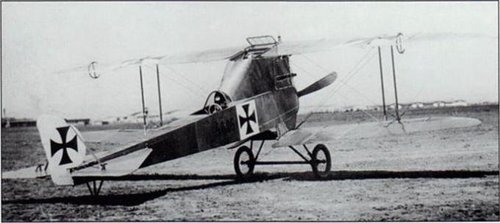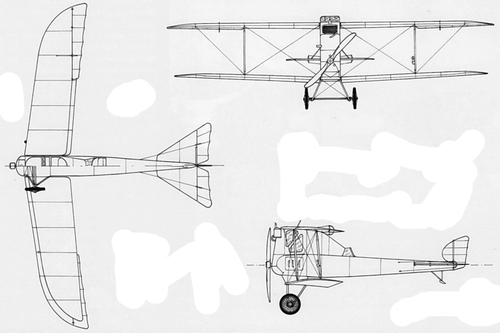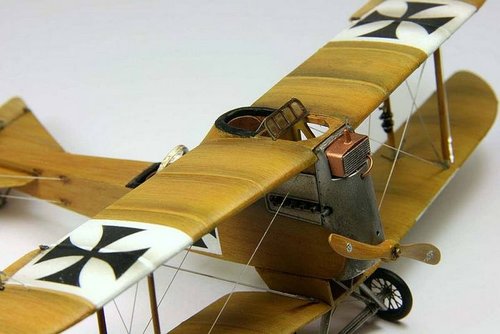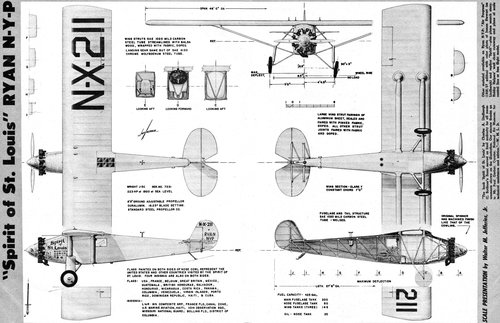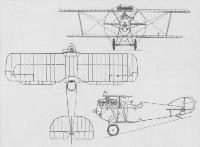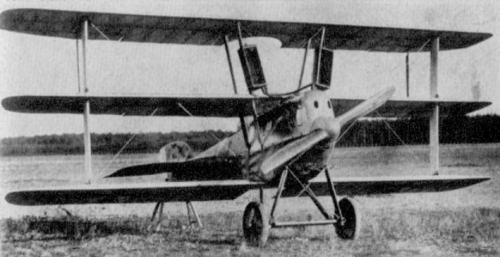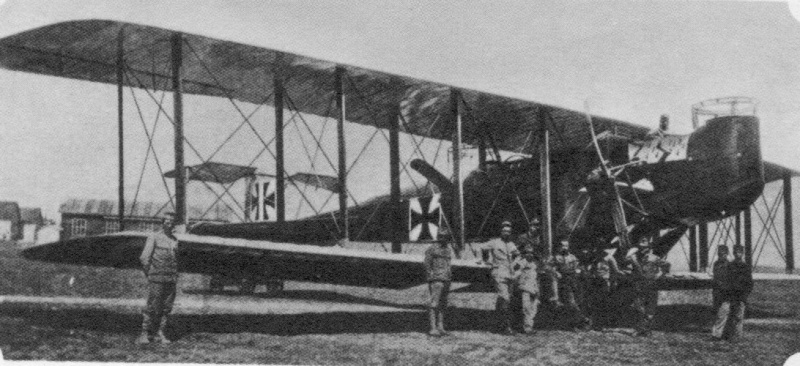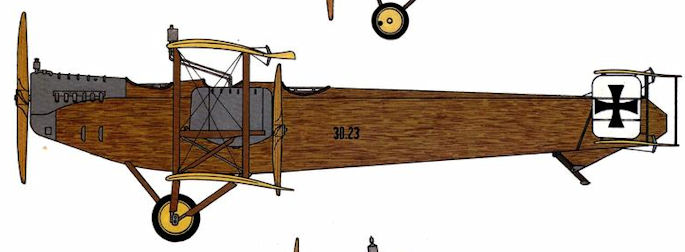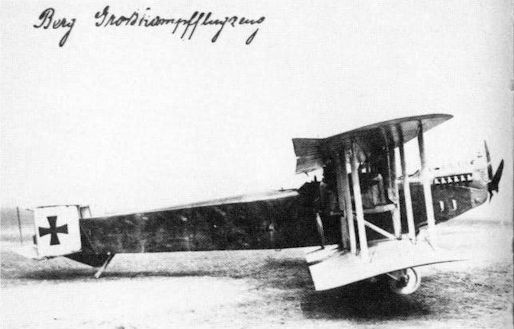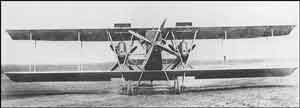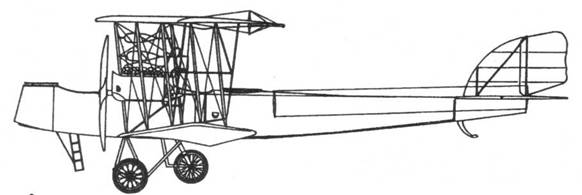- Joined
- 6 September 2006
- Messages
- 4,833
- Reaction score
- 9,442
This is what Retribution and Recovery: German Aircraft and Aviation 1919 to 1922, by Lennart Andersson and Ray Sanger, Air Britain, 2014 says on this topic:
No photo is provided. The fact only A5806 is positively identified as a W.13, leaves open the identity of A5807.
Certainly it seems, as Aubi speculated, that the NAF did some work on these two aircraft to make them airworthy and with A5806 receiving a new engine, it opens the question whether A5807's engine is original and if the tail surfaces at least were rebuilt. Since the majority of the other booty went to the USAAS, its possible that an engine was used from one of the 1920 shipment may of been fitted at some point.
Brandenburg
Two UFAG-built Brandenburg flying boats were delivered to the US Navy. Austrian s/n K.405 (US Navy s/n A5806), a W.13 and K.248 (A5807). On 30 August 1919, two American officers had inspected the Austrian naval air station at Puntisella and had selected a number of aircraft for shipment to the USA. The Brandenburg flying boats arrived in Philadelphia in December 1919, were assembled by the Naval Aircraft Factory and were test flown there. A5806 was fitted with a Liberty engine in place of the original Austro-Daimler and both were used for 'experiments and study'. A5806 was written off in June 1922 and A5807 in March 1924.
In April 1920, another six former Austro-Hungarian Navy aircraft were shipped to the United States and the US Navy serial numbers A6049 to A6054 were reserved for them. Eventually, they were not found worth putting into flying condition. This shipment included two Lohner flying boats, an Oefflag, a UFAG, a Phonix Mickl and a Hansa-Brandenburg W.18 (Austrian s/n A-87). All were written off in September 1921. [Elsewhere in the listing these 1920 acquisitions are identified as Lohner S s/n S-26, Lohner TL s/n R-9, UFAG TL s/n L-126 and Phonix Mickl s/n A-125]
No photo is provided. The fact only A5806 is positively identified as a W.13, leaves open the identity of A5807.
Certainly it seems, as Aubi speculated, that the NAF did some work on these two aircraft to make them airworthy and with A5806 receiving a new engine, it opens the question whether A5807's engine is original and if the tail surfaces at least were rebuilt. Since the majority of the other booty went to the USAAS, its possible that an engine was used from one of the 1920 shipment may of been fitted at some point.



